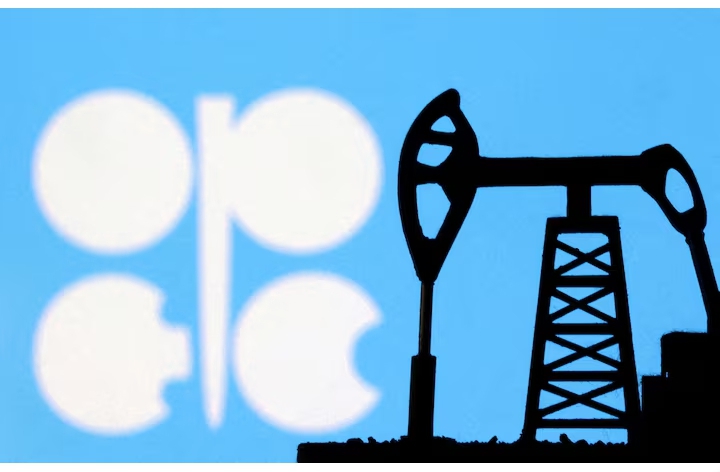The Organisation of the Petroleum Exporting Countries (OPEC) has slightly revised downward its global oil demand forecast for 2025, attributing the adjustment to mounting economic uncertainties sparked by the imposition of tariffs by the United States government.
According to a report by Reuters referencing OPEC’s Monthly Oil Market Report released in April, the group now expects global oil demand to grow by 1.3 million barrels per day (bpd) in 2025, down from an earlier projection of 1.4 million bpd. This recent figure also reflects a reduction of 150,000 bpd compared to the forecast presented just a month ago.
The decision comes amid a broader economic climate shaped by new trade restrictions and tariff-related policies introduced by the United States under President Donald Trump. These measures, which include a sweeping tariff regime targeting exports from several countries—including Nigeria—have cast a shadow over global economic growth, raising consumer prices, weakening purchasing power, and slowing industrial output. Although the US administration has suspended the new tariff policy for 90 days, the short-term economic consequences continue to ripple through global markets.
OPEC also revised its global economic growth forecast, cutting it to 3.0 per cent for the current year, down from the previous 3.1 per cent estimate, while projections for 2026 have been lowered to 3.1 per cent from 3.2 per cent. The oil cartel noted that although the global economy showed promising signs of stable growth in early 2025, recent developments in global trade—particularly tariff-related dynamics—have heightened uncertainties, which could dampen short-term growth prospects.
In response to these macroeconomic pressures, oil prices have taken a hit. The price of OPEC’s basket of twelve benchmark crude blends fell sharply to $66.25 per barrel on Monday, a significant drop from $70.85 recorded the previous Friday. Brent crude, a global oil benchmark, managed to hold modest gains after the release of OPEC’s report, trading around $66 per barrel. However, it has still shed over 10 per cent of its value so far this month.
Meanwhile, production data from the wider OPEC+ alliance—which includes non-OPEC producers such as Russia—indicates that crude oil output declined slightly in March by 37,000 bpd, with total production reaching 41.02 million bpd. The dip was attributed in part to reductions from key members like Nigeria and Iraq.
Despite the slight reduction, the group is still moving ahead with its previously scheduled plan to gradually raise output in April and May. These increases are part of efforts to unwind earlier output cuts introduced to stabilise the market amid softening demand.
However, not all members have adhered strictly to agreed quotas. Kazakhstan, a member that has repeatedly breached its production limits, raised output by 37,000 bpd in March to reach 1.852 million bpd—significantly above its allocated quota of 1.468 million bpd for the January–March period. The country’s energy ministry acknowledged the overproduction, stating that Kazakhstan would comply with its obligations in April and work to compensate for the excess volumes.
This development comes in the wake of a virtual meeting held on April 3, 2025, where eight OPEC+ countries—namely Saudi Arabia, Russia, Iraq, the United Arab Emirates, Kuwait, Kazakhstan, Algeria, and Oman—reviewed market conditions and reaffirmed their commitment to stabilising the oil market. The group agreed to a production adjustment of 411,000 bpd to be implemented in May, comprising three incremental increases originally scheduled over the coming months.
OPEC+ noted that these increases could be paused or reversed, depending on evolving global economic and oil market conditions. The group emphasised that the adjustment also provides room for participating countries to accelerate compensation for prior overproduction.
The next OPEC+ meeting is slated for May 5, where decisions on production levels for June will be made, in line with the bloc’s adaptive approach to maintaining balance in the global oil market.
